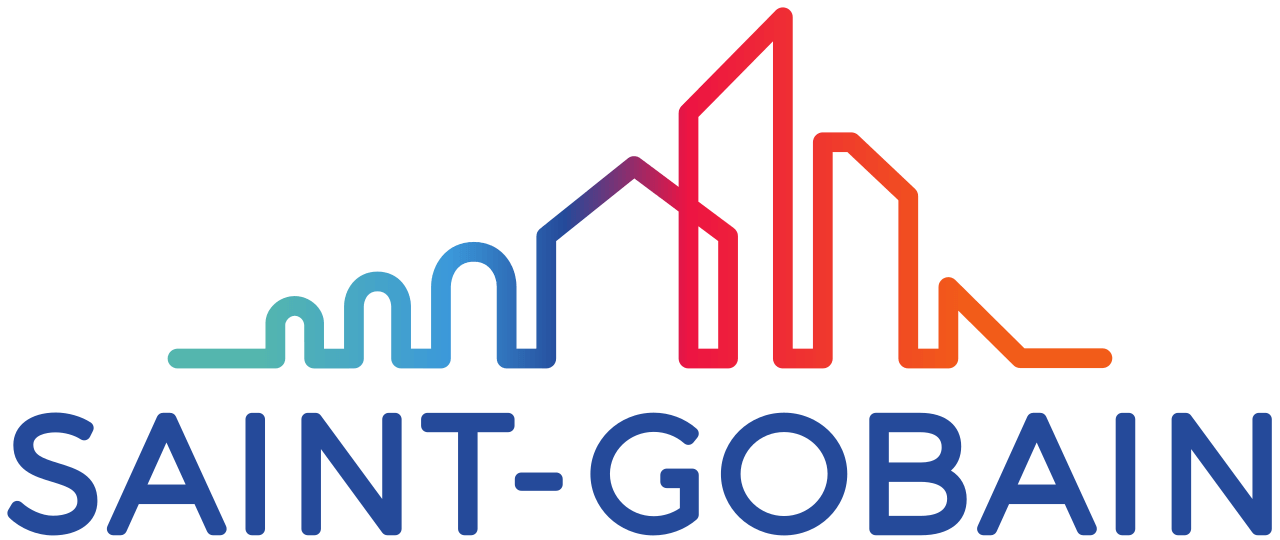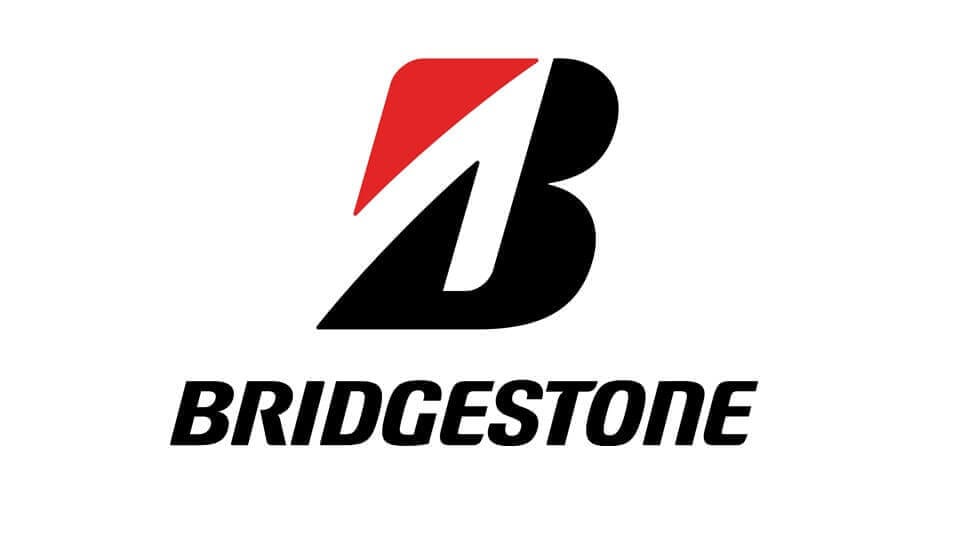Managing employee scheduling for organizations with high-volume staffing requirements or mission-critical operations is inherently complex. Scheduling processes and rules can vary by site, department, or business unit. While manual tools such as spreadsheets, whiteboards, and phone trees can be cobbled into a customized solution, they are simply inefficient and cannot achieve the scale and pace required to meet today’s dynamic business needs.
The answer to managing workforce scheduling complexity at scale lies in automated staff scheduling. Modern automation solutions offer a holistic view of an organization’s workforce operations, enabling data-driven decision making to improve scheduling efficiency, increase operational agility, raise productivity, and drive employee job satisfaction.
In this eBook, we share five benefits of employee scheduling software in optimizing workforce management. Learn how this strategic initiative fuels a level of competitive and operational excellence only dreamed about even five years ago.
Table of Contents:
The Changing Workforce Landscape
Organizations that depend on hourly workers confront numerous ongoing workforce challenges such as balancing rising labor costs, changing worker expectations, and new regulatory compliance.
Labor Resources are Scarce, and Costs are Rising
Balancing labor resources and budgets with business results may be the most important challenge operations leaders face — and the challenge is expected to continue for the foreseeable future. According to Deloitte and the Manufacturing Institute, 2.1 million manufacturing jobs are expected to remain unfilled by 2030. As automation processes improve and labor becomes more scarce and expensive, real-time visibility into the workforce is required to optimize all aspects of workforce operations, from demand forecasting to contingent labor planning to day-to-day employee scheduling needs and more.
2.1 million manufacturing jobs are expected to remain unfilled by 2030.
Schedules Are More Complex
New labor laws, union rules, and scheduling policies are expanding as many organizations increase their reliance on hourly and shift workers. As a result, organizations must find ways to improve the effectiveness of their scheduling practices or risk non-compliance.
Hourly Workers Have Higher Expectations
Today’s hourly workers expect 24/7, mobile-friendly access to view and adjust their schedules. They also expect the ability to manage work with life. Shiftboard’s 2023 hourly worker survey shows a whopping 81 percent always prefer having mobile access to their work schedules, and 76% highly value the ability to trade shifts once they are assigned.
Organizations that still rely on outdated tools, spreadsheets, or out-of-the-box scheduling software leave the door open for competitors to out-recruit and out-hire the best talent available. Recognizing how to automate scheduling strategically can help organizations stay competitive and retain top talent.
Customers Demand Even More
In our modern, fast-paced, technology-driven world, customers expect excellence in products and services — quickly. Failing to deliver on these expectations can result in negative, highly visible reviews, and a hit to the bottom line. Although the employee schedule is not always top of mind when considering factors impacting customer satisfaction, it plays a significant role. According to Shiftboard’s research, 80 percent of hourly workers say their work schedules affect their quality of work and their productivity.
The Challenge of Scheduling Hourly Workers
Today’s operations managers rely on sophisticated technologies that produce vast amounts of data to help them plan and optimize production. But the challenge remains for these organizations to plan, monitor, and optimize their workforce — an equally important component of operational success.
Managing employee scheduling with manual processes is complicated, error-prone, and time-consuming. Schedulers burn needless hours leveraging makeshift processes to fill open shifts with cost-effective employees while also ensuring compliance to internal policies, union rules, and industry regulations.
Employee Scheduling Outcomes Impact the Entire Organization
- Leadership worries whether operational processes are scalable to meet growth projections while also striving to create an engaging, compliant and safe workplace where people want to work
- Operations managers must balance labor costs against business objectives while maintaining compliance
- Schedulers are tasked to create a schedule that accommodates current needs and predicts the future
- Workers expect to be able to balance their work with personal, family, and recreational activities
Organizations can no longer treat workforce scheduling as a siloed, tactical exercise. The strategic benefits of employee scheduling software ripple through all parts of the business. It affects talent pipeline, operations efficiency and productivity, financial performance, competitiveness, and corporate image.
5 Key Benefits of Employee Scheduling Automation
Rather than limit their business to the capabilities of a purely tactical tool, organizations with complex scheduling needs utilize intelligent business logic tailored to strategic company objectives such as operational efficiency, labor utilization, worker satisfaction, and profitability.
1. Lower Labor Costs
Increasing revenue in a competitive market is an ongoing challenge for any organization, but for those relying on hourly workers, constrained labor resources and rising costs make the challenge that much more difficult.
Many organizations simply lack solutions to manage scheduling complexity effectively. Without the visibility and tools needed to create accurate schedules that map shift assignments to actual demand, managers lose the ability to schedule the best-fit, lowest-cost employee. However, purpose-built technologies with intelligence logic adapt to how you work, revealing optimization opportunities that are otherwise easily overlooked. Here’s how employee scheduling software helps lower labor costs:
Optimized Schedules
Automated employee scheduling software helps managers make informed scheduling decisions by providing a holistic view of their workforce. Intelligent technology provides this high visibility insight by tracking employee profiles, preferences, credentials, and overtime status via a robust, central database. It then automatically applies smart logic to identify not-so-easy to spot scheduling moves that optimize the schedule and control labor costs. Strategic actions like shuffling on-site workers to other areas of operations and placing lowest-cost workers before resorting to overtime help maximize productivity and reduce costs.
Organizations report employee scheduling software reduces overtime costs by 23% on average.
Customer ROI Survey (Shiftboard, 2021)
Improved Manager Productivity
Automated scheduling reduces the tactical burden of the scheduling process on managers, leading to a dramatic increase in operational manager productivity. When managers no longer need to devote hours to manually look up credentials, make last-minute phone calls, or cross-check calendars with spreadsheets, they are free to focus on more strategic projects that further the company mission. Manager effectiveness also increases as they train on related processes, technology, and reporting tools.
Organizations report employee scheduling software drives 30% faster schedule creation and reduces scheduling errors by 55%.
In larger organizations, there can be several full-time employees working through the scheduling process. With automated scheduling, compliance-checked and skill-matched schedules generate in minutes. Instant dashboard views simplify scheduling overtime by automatically identifying the optimal candidates available to fill each shift.
Scheduling automation frees operations leaders to manage performance, throughput, and utilization. Without it, scrambled multitasking can lead to a significant reduction in productivity and even affect morale.
2. Streamlined Operations
Managing schedule changes and communicating with your workers while complying with legal requirements is a daily operational challenge. Automated staff scheduling makes it easier to manage change and communicate with employees while seamlessly complying with labor laws and union rules. Here’s how:
Data-Informed Decision Making
Instead of a scattered process, a centralized database lets you extract critical insights to help you make on-the-spot scheduling decisions with speed and precision. Deeper analytics arm you to visualize:
- Total or overtime hours worked by employee or group level for a specific date range
- Number of employees assigned to specific skills
- Overtime shifts listed according to reason
- Compliance with all work scheduling rules and an audit trail of exceptions
- Qualified and available candidates for backfilling due to last-minute callouts
- Over/understaffing shifts
- Absence and attendance patterns
Organizations report an 88% increase in shift coverage after adopting employee scheduling software.
Customer ROI Survey (Shiftboard, 2021)
Analyze and Optimize for Performance
Data around overtime is critical to understand how to adjust staffing numbers and tracking trends over time. The ability to review and report on compliance is also essential to avoid union grievances and simplify audits.
Better Change Management
Employees frequently need to drop, pick up, and trade shifts, wreaking havoc on the schedule. By reducing manual interaction, technology improves both manager and worker efficiency. Perceived favoritism or bias for prized shifts or extra hours diminishes through improved workforce scheduling transparency and rules enforcement such as overtime equalization.
Real-Time Communication
Employers and employees alike know that better communication leads to better business results. Automated solutions eliminate the communication gap between manager and employee. Managers can make changes to the schedule and automatically alert workers whose shifts have changed. With 24/7 access to the schedule, they can view updates from any device. Likewise, employees are empowered to manage their schedule through a self-serve portal to:
- View scheduled shifts
- Specify availability
- Request leave
- Request shift trades
- Volunteer for overtime
- Bid on open shifts
- Turndown overtime
- Opportunity for early release
Staying informed and accountable for their schedules gives workers peace of mind, while managers know the process is as fair and transparent as possible.
3. Improved Employee Satisfaction & Retention
Organizations must also tackle employee burnout and turnover in today’s results-driven world. Levels of job satisfaction are impacted when workers are burned out or feel overworked, underappreciated, and disconnected from the company. Workload and scheduling issues are among the top three drivers of burnout, leading to turnover and the related costs of finding and training new employees.
Organizations report an 86% increase in employee satisfaction after adopting employee scheduling software.
Customer ROI Survey (Shiftboard, 2021)
With manual processes, grievances and favoritism still can be problematic — as are outdated or last-minute communication processes. Common complaints from workers include:
- Shift change notification isn’t timely
- Overtime shift availability seems unfair
- Shifts scheduled while on vacation/lack of visibility
- Difficulty with shift trades/lack of flexibility
But as the marketplace becomes more worker-centric, workers no longer want to navigate unpredictable shifts or accept a lack of control over work schedules. Findings from Shiftboard’s hourly worker research strongly suggest that job satisfaction for wage earners is tied to the degree these workers feel empowered to balance work with life. Of the hourly workers surveyed in Shiftboard’s research, 75 percent ranked work-life balance as necessary for high job satisfaction. In light of this, the major benefits of scheduling software in providing accurate, flexible, and fair schedules play a key role in reducing frustration and burnout, thereby improving job satisfaction and work-life balance.
Self-serve scheduling features not only offload manager burdens, but dramatically improve your workers’ ability to impact their schedule. When your workers are empowered to manage and trade their shifts, their job satisfaction and quality of life improve. Better job performance and retention rates translate into increased revenue, reduced costs, and a better bottom line.
75% of hourly workers ranked work-life balance as necessary for high job satisfaction.
4. Full-Cycle Compliance
Employers are responsible for complying with increasing labor laws, union rules, industry regulations, and certification requirements. This task becomes increasingly difficult as more states, provinces, and major cities adopt “Fair Workweek” or “predictive scheduling” laws.
With unionized staff, “overtime equalization” requires a ranked and rotating system for assigning overtime shifts. For large organizations still using outdated processes, human error can lead to employee grievances. Automated staff scheduling, customized to your organization’s policies, ensures workforce or overtime rules compliance, alerting you when overrides or exceptions are required. Robust reporting tools provide a comprehensive audit trail to back up scheduling decisions or explain the rationale for exceptions. A complete schedule history is vital to have access to if disputes arise around employee scheduling processes.
Organizations report 26% fewer employee schedule grievances after adopting employee scheduling software.
Customer ROI Survey (Shiftboard, 2021)
Rules and regulations are also increasing around worker safety and fatigue, a serious risk for mission-critical industries such as refining, manufacturing, and transportation.
Energy and petrochemical conglomerate Shell Oil faced this challenge at one of its refineries. The plant searched for an employee scheduling solution that could leverage smart logic to automate and ensure compliance with American Petroleum Institute (API) fatigue management guidelines (RP 755) in addition to other company-driven policies. Managing the maximum hours worked and consecutive shifts for thousands of workers with different skills and shift patterns is a complex formula requiring intelligent automation to be effective and sustainable. When choosing an employee scheduling solution, make sure it has the flexibility to match your unique business needs.
5. Workforce Flexibility
Hiring managers can fill the gaps in their labor resource needs, which are especially challenging during peak production cycles, by leveraging their existing workforce more efficiently or tapping new sources of labor, such as part-time workers or contingent labor. Following are three labor strategies that can be instrumental in offering improved operational flexibility and seasonal support.
Uncover Hidden Capacity
Leverage a central database about worker preferences, overtime status, schedule flexibility, and credentials to identify opportunities to move qualified, eager-to-work employees to other areas of operations. It’s an effective strategy for covering shifts quickly during a surge in labor demand or backfill shifts when regularly scheduled employees call off at the last minute. Having this level of agility is essential for mission-critical and 24/7 organizations that must constantly adapt to shifting demand and labor constraints.
Part-Time Workers
Part-time workers, generally defined as working fewer than 30-35 hours per week, are one viable option. However, employers have historically shied away from using part-time staff because of the complexity involved with scheduling such employees, many of whom have specific parameters of availability. Technology is solving that issue by streamlining the scheduling process, taking the burden off workforce managers.
Contingent Labor
Contingent labor is another strategy for increasing workforce flexibility in response to surges in demand. Fortunately, today’s intelligent employee scheduling technology streamlines the process for tapping and scheduling contingent labor resources. With configured automation, operations leaders can identify resource gaps by role, location, and skillset and then fill open shifts with the most cost-effective, eligible workers — all while maintaining compliance with labor regulations.
Summary
Due to inherent complexities in hourly workforce patterns and needs, shift schedules get cobbled together by managers using spreadsheets and other tools not designed for employee scheduling. Today’s purpose-built, advanced employee scheduling solutions give you strategic advantages that can transform your business:
Reduce Labor Costs
Intelligent automation does the heavy lifting of integrating complex scheduling requirements, internal workflows, and all available labor resources to create accurate, cost-effective schedules quickly. No longer needing to rely on multiple sources of information, managers can spend less time worrying about tactical burdens and more time on strategic business initiatives.
Improve Employee Job Satisfaction and Retention
Scheduling has a tremendous impact on the lives of hourly workers, impacting their income, their daily rituals, and how they manage their free time. Workforce scheduling technology improves employee engagement with balanced workloads, self-service scheduling, and more. When employees are happy, productivity increases, customer service improves, and turnover rates plummet.
Streamline Operations
Schedule changes and notifications are an inevitable part of life, but they detract from optimal manager productivity. Employee scheduling technology can give hours back to your manager’s day by eliminating manual schedule updates, improving workforce visibility, and providing real-time communication tools. Other operational needs such as demand forecasting, reporting requirements, and performance improvement are optimized, too.
Achieve Full-Cycle Compliance
Proactively managing fatigue and compliance becomes an increasing challenge as more states, provinces, and major cities adopt fair workweek or predictive scheduling laws. Human error leads to fines, penalties, and employee grievances; in the case of worker fatigue, even loss of life. Employee scheduling automation helps organizations solve complex requirements to keep them compliant and their employees safe.
Build Workforce Flexibility
Covering open shifts in a dynamic environment and finding open shifts for available workers are two of the biggest challenges workforce managers face today, and it’s a complex process to implement manually. However, employee scheduling technology is purpose-built to solve the complexity of flexible scheduling, empowering organizations with new levels of operational agility, only dreamed of ten years ago.
Frequently Asked Questions
-
What is automated employee scheduling?
Automated scheduling is the use of technology to create, manage, and adjust employee schedules without manual intervention, ensuring efficiency and accuracy.
-
What steps are involved in automating employee scheduling?
Understanding how to automate workforce scheduling involves selecting the right software, configuring it to meet your specific business needs, and leveraging smart logic to automate and optimize schedule creation and adjustments.
-
What are the benefits of employee scheduling software?
Employee scheduling software offers numerous benefits, including reduced labor costs, improved employee satisfaction, streamlined operations, and enhanced compliance with labor laws.
-
Why is real-time communication important in scheduling?
Real-time communication ensures that both managers and employees are promptly informed of any schedule changes, reducing confusion, improving efficiency, and enhancing overall job satisfaction.
Trusted by the World’s Most Recognized Brands





